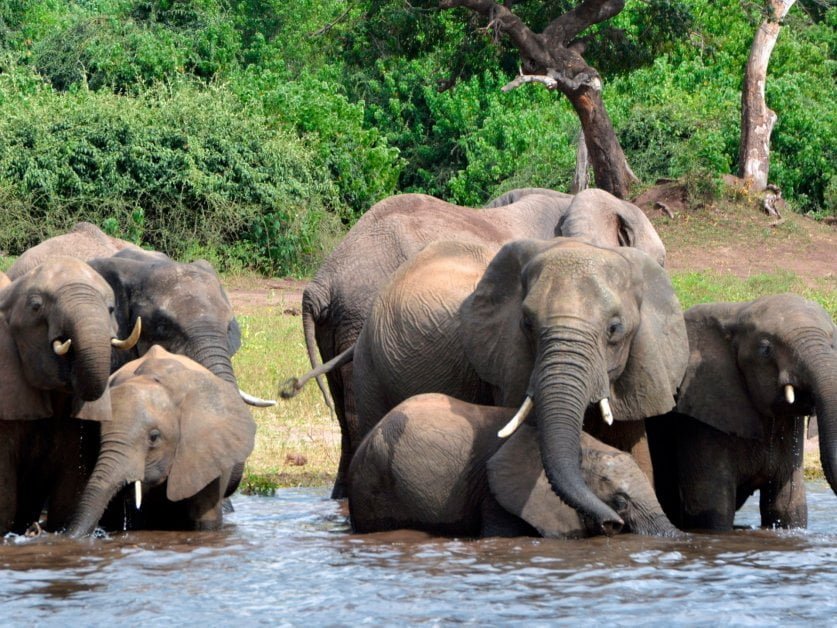The African elephant, a symbol of strength, intelligence, and elegance, is facing a contentious debate in countries like Botswana and Namibia regarding their population management. Despite their iconic status, these countries are considering reducing elephant numbers within their borders. This article will explore the complexities behind this controversial decision, highlighting the challenges authorities face in balancing conservation efforts with the needs of local communities. Let’s uncover the underlying issues and motivations driving Botswana and Namibia’s calls for a decrease in the population of these gentle giants.
The Changing Elephant Numbers Over Time
Historically, elephant populations in Africa have experienced a significant decline due to overhunting and poaching for their meat and ivory tusks. The World Wildlife Fund (WWF) reports a drastic decrease in elephant numbers between the 1970s and 80s. However, conservation efforts since then have led to a gradual recovery in populations. Currently, Africa is home to approximately 415,000 elephants, a substantial increase from the low numbers recorded in the past.
Southern African countries, where a significant portion of the African elephant population resides, are now facing challenges due to the resurgence of elephant numbers. Botswana, in particular, hosts a massive elephant population, with President Mokgweetsi Masisi implementing controversial policies such as promoting hunting by affluent tourists. The escalating tensions between elephants, rural communities, and conservationists highlight the urgent need for sustainable solutions.
The Rise of Human-Elephant Conflicts
As elephant numbers stabilize, the growing human population in Africa has led to increased encroachment on wildlife habitats. This expansion of settlements and agriculture has resulted in more frequent interactions and conflicts between humans and elephants. Foraging elephants often stray into farms, causing damage and posing risks to both parties. Climate change further exacerbates the situation, forcing elephants to venture into unfamiliar territories in search of resources.
Countries like Zimbabwe and Botswana attribute human-elephant conflicts to the overpopulation of elephants and advocate for population reduction measures. However, experts argue against this approach, emphasizing the importance of preserving natural elephant habitats and migration corridors to mitigate conflicts. Instead of focusing on culling or hunting elephants, conservationists propose alternative strategies to coexist peacefully with these majestic creatures.
Exploring Sustainable Solutions
Efforts to address human-elephant conflicts include initiatives like the “Eco-Exist Project” in northern Botswana, which aims to create elephant corridors and educate communities on peaceful cohabitation strategies. By implementing measures such as beehive fences to deter elephants from farmlands, local farmers can protect their crops while generating additional income from honey production. These innovative solutions showcase the potential for harmonious relationships between humans and elephants.
the conservation of African elephants requires a multifaceted approach that balances wildlife protection with community livelihoods. By promoting sustainable practices and fostering mutual understanding, we can ensure the long-term survival of these magnificent animals while safeguarding the well-being of local populations. Let’s work together to preserve the legacy of the African elephant for future generations.


